 Do you prefer energetic dogs or laid-back, calm dogs? I like spirited dogs. It’s entertaining to watch them get worked up and go a little crazy sometimes while playing, but there’s a downside to all that energy if a dog gets too excited too often. Here’s why!
Do you prefer energetic dogs or laid-back, calm dogs? I like spirited dogs. It’s entertaining to watch them get worked up and go a little crazy sometimes while playing, but there’s a downside to all that energy if a dog gets too excited too often. Here’s why!
When Excitement is a Bad Thing
- Overly-excited dogs aren’t able to focus or listen to commands. It’s almost impossible to get their attention once they reach a high level of excitement.
- It’s easy to mistake excitement for happiness, but too much excitement can lead to anxiety or unhealthy obsessions, like those pooches that chase tennis balls or laser lights to the point of exhaustion.
- When your pup nearly knocks down your guests with his over-enthusiastic greeting, it’s pretty annoying.
- A socially anxious dog that greets another dog with excitement, often receives an aggressive response which can also trigger the excited dog to become reactive to other dogs.
- Too much excitement when heading out for a walk may result in a dog that bolts through the door and pulls excessively on the leash.
- Excitement releases stress hormones into your pup’s bloodstream. High levels of these hormones over time could have an adverse impact on your dog’s overall health.
- For some dogs, the adrenaline from excitement can become addictive, leading to more hyperactive behavior.
What Causes Overexcitement?
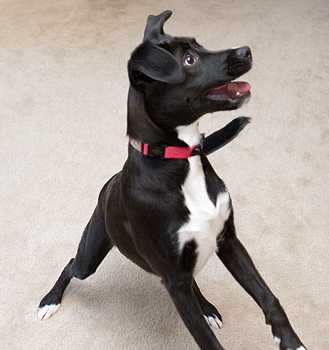
Overexcitement can be an inherited trait or an environmental (learned) behavior. Sometimes it’s a combination of both. Hyper behavior can also be caused by excess energy and a lack of exercise or mental stimulation.
Since there are different causes of overexcitement and every dog is unique, you may need to experiment with different solutions to discover what helps your pup relax. Here are some tips to calm the canine chaos at your house.
10 Tips If Your Dog Gets Too Excited
1. Stay calm.
If you’re a high-energy or anxious person, take a deep breath and practice being calm around your dog.
Dogs react to our tone of voice and body language and it’s easy to get them excited and reactive to how we speak and behave.
2. Look for triggers.
Notice what triggers your dog’s excitement by observing their
body language. You’ll notice they become alert, then fixated with a high level of intensity. They may even whine or bark in a high-pitched tone.
3. Catch it early.
Avoid a full-blown case of overexcitement by catching those changes in your dog’s behavior early before they escalate to the point of being out of control and while you still have the ability to communicate with them.
4. Train an alternate behavior.
Tell your dog what you want him to do instead of the unwanted behavior. For example, Haley used to get way too excited when greeting other dogs, so I used her favorite treats to train her to sit and look at me instead of pulling towards other dogs. I started at a distance, then slowly worked closer to the other dogs so Haley could practice her self-control.
5. Exercise your pup.
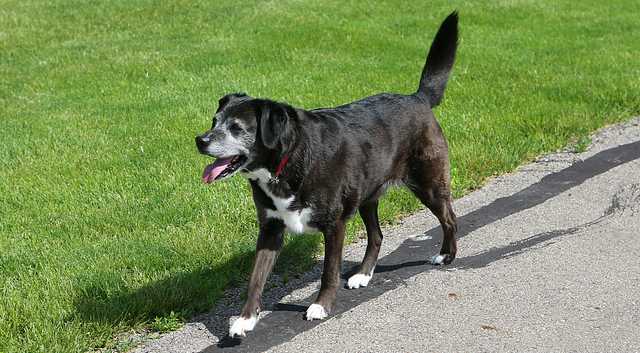
Some dogs are hyper because they have excess energy to burn. I remember trying to teach Haley to walk nicely on the leash, but it was almost impossible because she had too much energy to even focus on me. A play session before walking made training much easier and kept me from getting so aggravated with her
pulling on the leash.
6. Provide mental stimulation.
Try channeling your dog’s excitement by using interactive
food toys or puzzles. Most dogs like having a job, so work on training some new commands or get your pup involved in a dog sport like agility, flyball or nose work.
7. Ignore bad behavior.
In some cases, ignoring the excitable behavior is the best option. For example, when you come home or when guests arrive at your house, ignore your dog’s exuberant greeting until he calms down. Don’t accidentally reward unwanted behaviors.
8. Give your dog a timeout.
Train your dog on the
Place command which teaches them to lie down and settle calmly in a certain spot. This is useful if your dog gets worked up or barks a lot when the doorbell rings. It helps train them to relax and have self-control. I still give Haley an occasional timeout if she gets pushy about wanting treats or playing.
9. Cut back on obsessive behaviors.
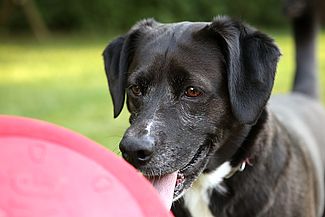
This one is for those frisbee, laser light or tennis ball obsessed dogs. If your pup’s still hyper after all that playtime, their obsession could be causing excessive excitement. Cut back on those activities and mix it up with other forms of play or exercise. Haley gets this way over inflatable beach balls and balloons.
10. Hold your dog.
In rare cases, a dog might need to learn how to unwind and calm down. If you’ve tried everything else and can’t get your pup to settle down, hold them firmly until they relax. They may squirm and wrestle a little bit, but they should soon give up and let go of the excess energy. Once they relax, give them a massage or belly rub as a reward.
Haley’s always been a high-energy and somewhat excitable dog by nature and there are still occasions when she goes a little over the top and needs a timeout. When she was younger, I remember getting so frustrated with her at times because I didn’t understand how big a role excitement played in managing her behavior. I still work with her on greeting other dogs in a relaxed state, but she’s come a long way since those early days.
How do you handle it when your dog gets too excited? I’d love to hear what tips and tricks work for you. Share them in the comment section below!
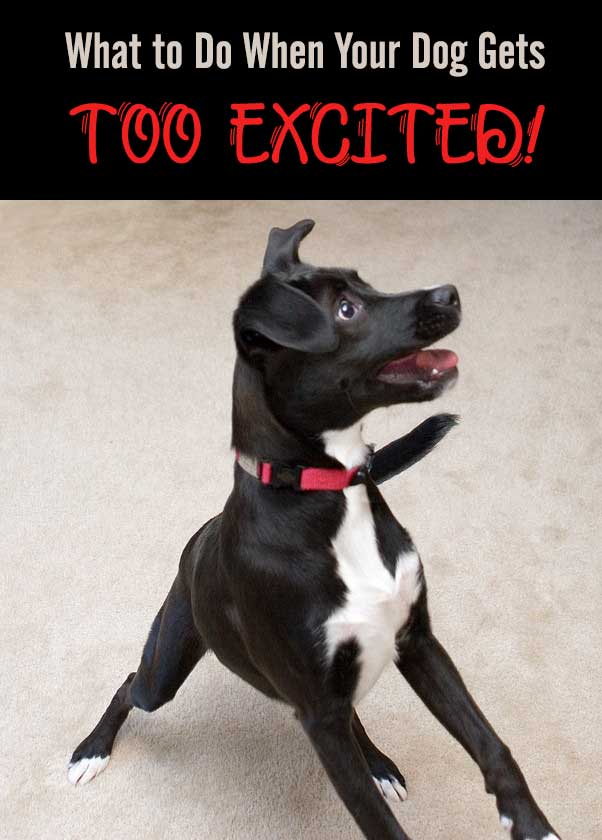
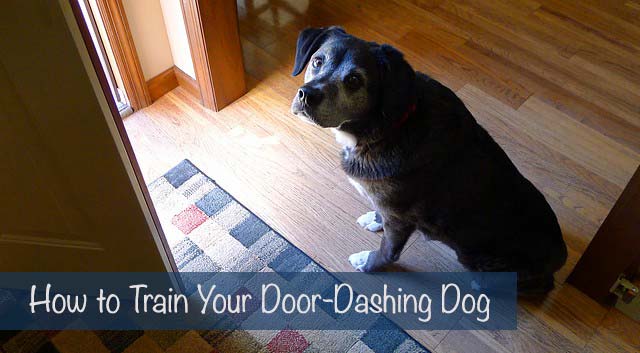 If you have a Houdini dog that manages to slip out anytime a door is opened or your pup practically knocks you over while trying to squeeze past you to get outside, you’ll be amazed at how easy it is to train your door-dashing dog! Just make sure your pooch knows the Sit command and is fully housebroken before you get started. Ready? Just follow these simple steps!
If you have a Houdini dog that manages to slip out anytime a door is opened or your pup practically knocks you over while trying to squeeze past you to get outside, you’ll be amazed at how easy it is to train your door-dashing dog! Just make sure your pooch knows the Sit command and is fully housebroken before you get started. Ready? Just follow these simple steps! Even if your dog is not inclined to slip out and engage you in a game of Catch Me if You Can, training proper door manners will ensure your pup stays safe. Roaming dogs can get into all kinds of trouble, from getting lost or stolen to getting injured or ingesting harmful substances. But wait! There’s one last bonus to training doggie door manners; you’ll actually enjoy having your next house full of guests instead of worrying the entire time about someone accidentally letting your dog slip outside.
Even if your dog is not inclined to slip out and engage you in a game of Catch Me if You Can, training proper door manners will ensure your pup stays safe. Roaming dogs can get into all kinds of trouble, from getting lost or stolen to getting injured or ingesting harmful substances. But wait! There’s one last bonus to training doggie door manners; you’ll actually enjoy having your next house full of guests instead of worrying the entire time about someone accidentally letting your dog slip outside.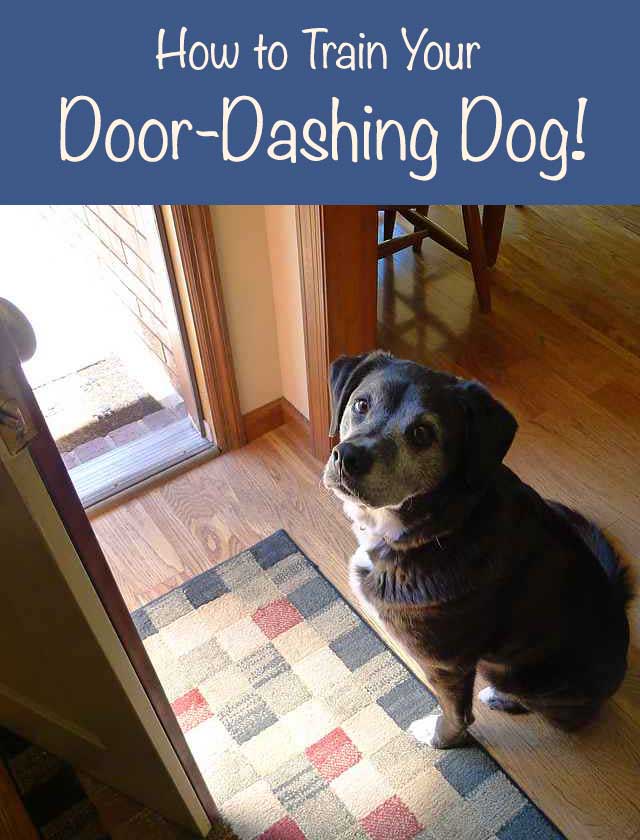

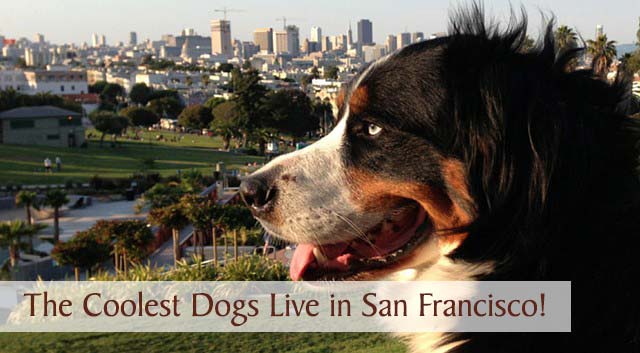 I know, I know — there are cool canines all over the United States and across the globe, but there’s something quite unique about San Francisco dogs. Maybe it’s the vibe of the city itself or the sheer number of dog lovers and their pooches that reside there, but it’s true — the coolest dogs live in San Francisco!
I know, I know — there are cool canines all over the United States and across the globe, but there’s something quite unique about San Francisco dogs. Maybe it’s the vibe of the city itself or the sheer number of dog lovers and their pooches that reside there, but it’s true — the coolest dogs live in San Francisco!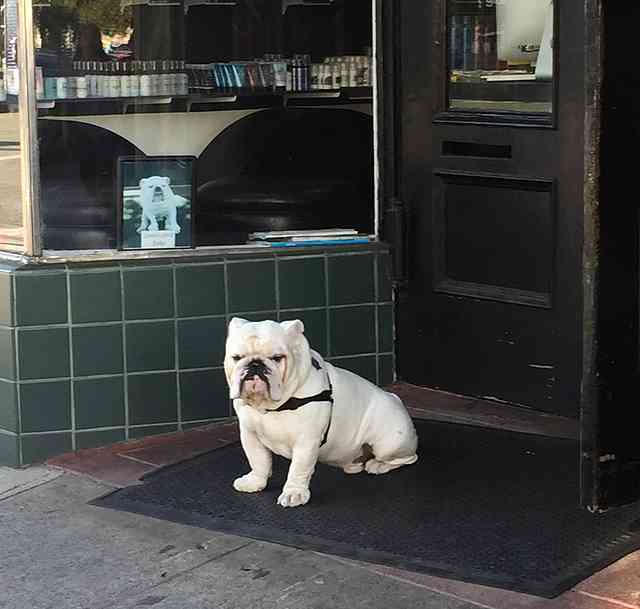
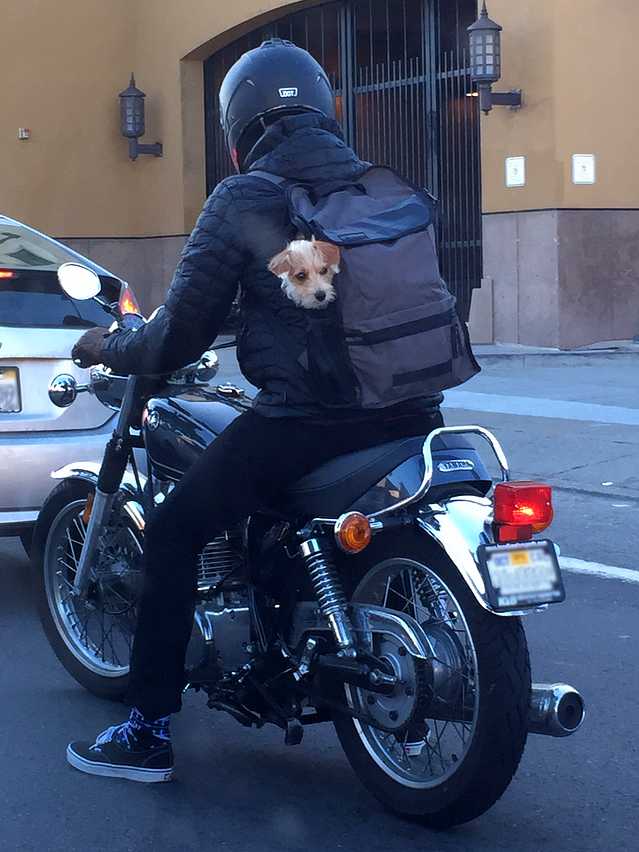
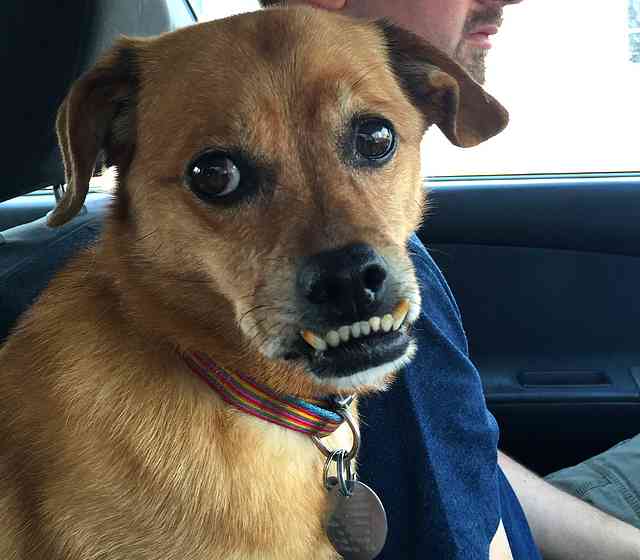
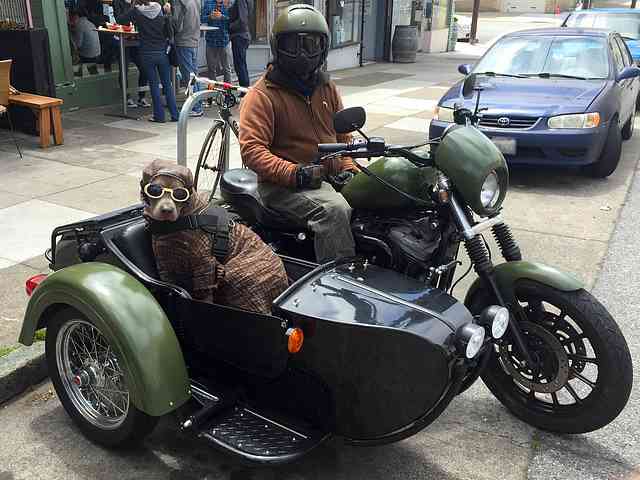
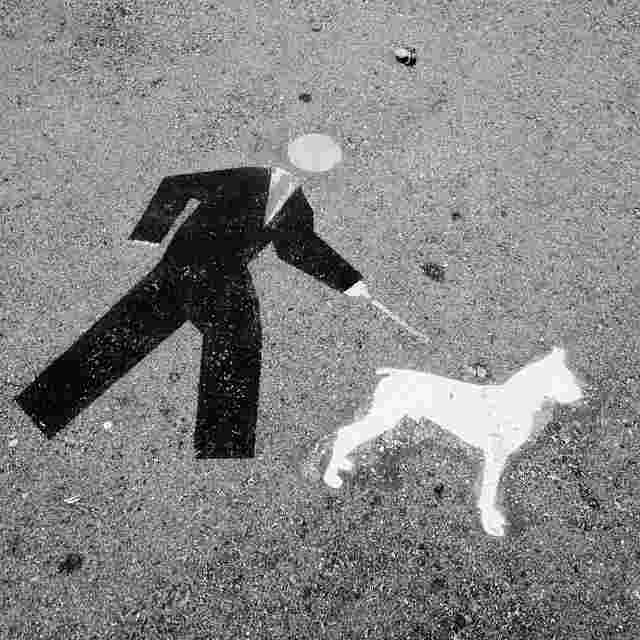
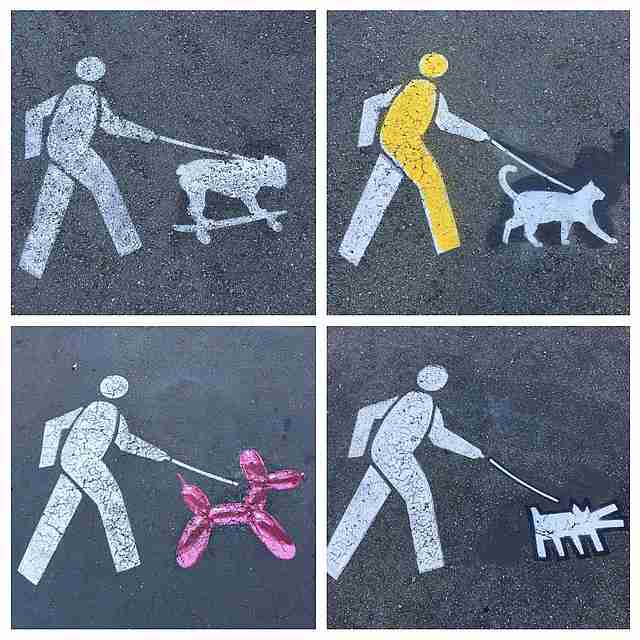


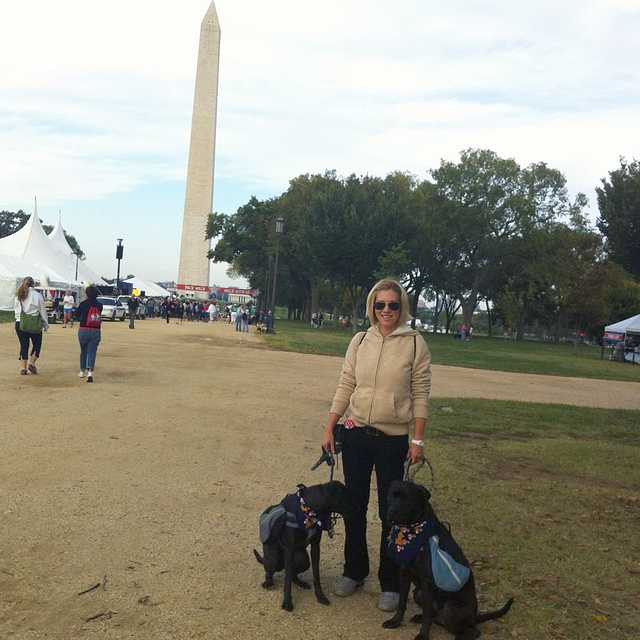
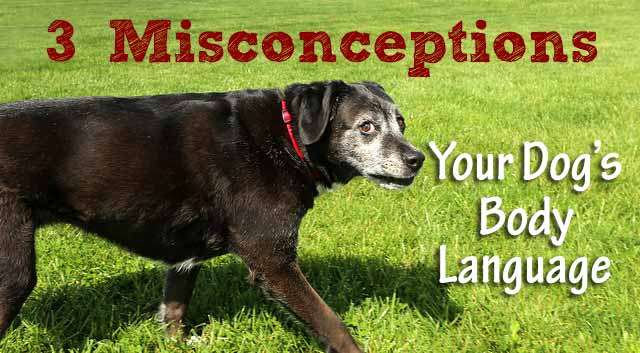 Dogs are masters of reading our body language, but how well can you read your dog’s cues? While observing a dog’s behavior, some signals are confusing and might not mean what we think. Have you ever heard any of the following statements about dog body language?
Dogs are masters of reading our body language, but how well can you read your dog’s cues? While observing a dog’s behavior, some signals are confusing and might not mean what we think. Have you ever heard any of the following statements about dog body language? 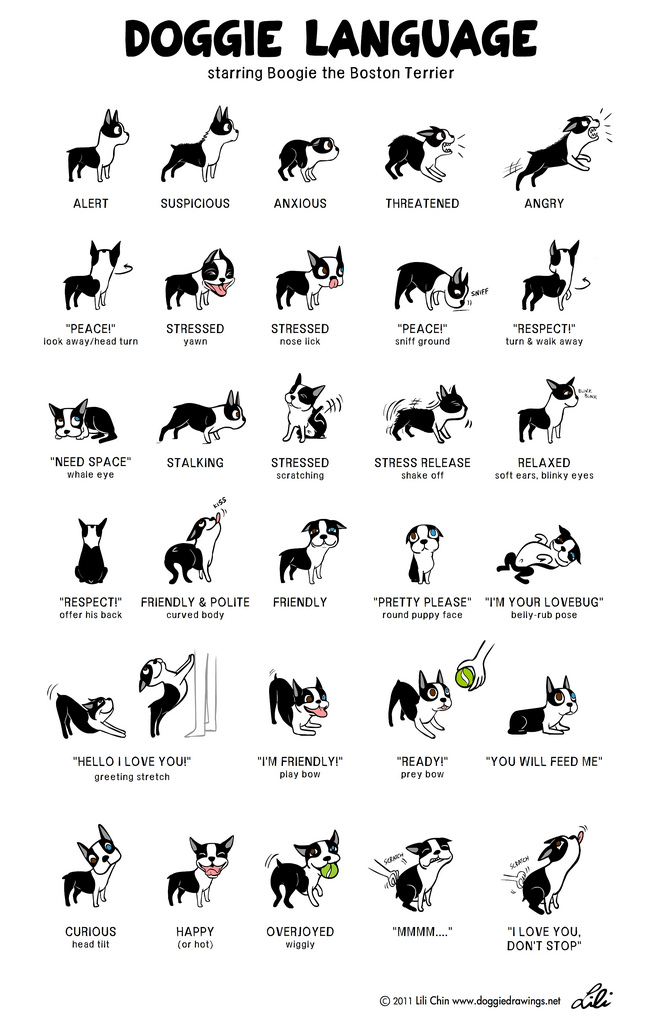
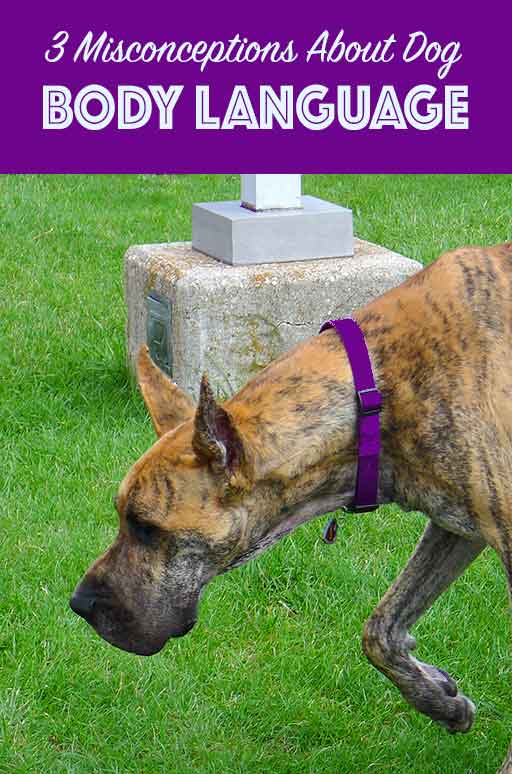

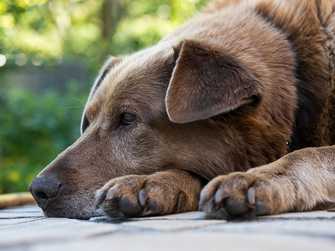

 Do you prefer energetic dogs or laid-back, calm dogs? I like spirited dogs. It’s entertaining to watch them get worked up and go a little crazy sometimes while playing, but there’s a downside to all that energy if a dog gets too excited too often. Here’s why!
Do you prefer energetic dogs or laid-back, calm dogs? I like spirited dogs. It’s entertaining to watch them get worked up and go a little crazy sometimes while playing, but there’s a downside to all that energy if a dog gets too excited too often. Here’s why!
 Some dogs are hyper because they have excess energy to burn. I remember trying to teach Haley to walk nicely on the leash, but it was almost impossible because she had too much energy to even focus on me. A play session before walking made training much easier and kept me from getting so aggravated with her
Some dogs are hyper because they have excess energy to burn. I remember trying to teach Haley to walk nicely on the leash, but it was almost impossible because she had too much energy to even focus on me. A play session before walking made training much easier and kept me from getting so aggravated with her  This one is for those frisbee, laser light or tennis ball obsessed dogs. If your pup’s still hyper after all that playtime, their obsession could be causing excessive excitement. Cut back on those activities and mix it up with other forms of play or exercise. Haley gets this way over inflatable beach balls and balloons.
This one is for those frisbee, laser light or tennis ball obsessed dogs. If your pup’s still hyper after all that playtime, their obsession could be causing excessive excitement. Cut back on those activities and mix it up with other forms of play or exercise. Haley gets this way over inflatable beach balls and balloons.